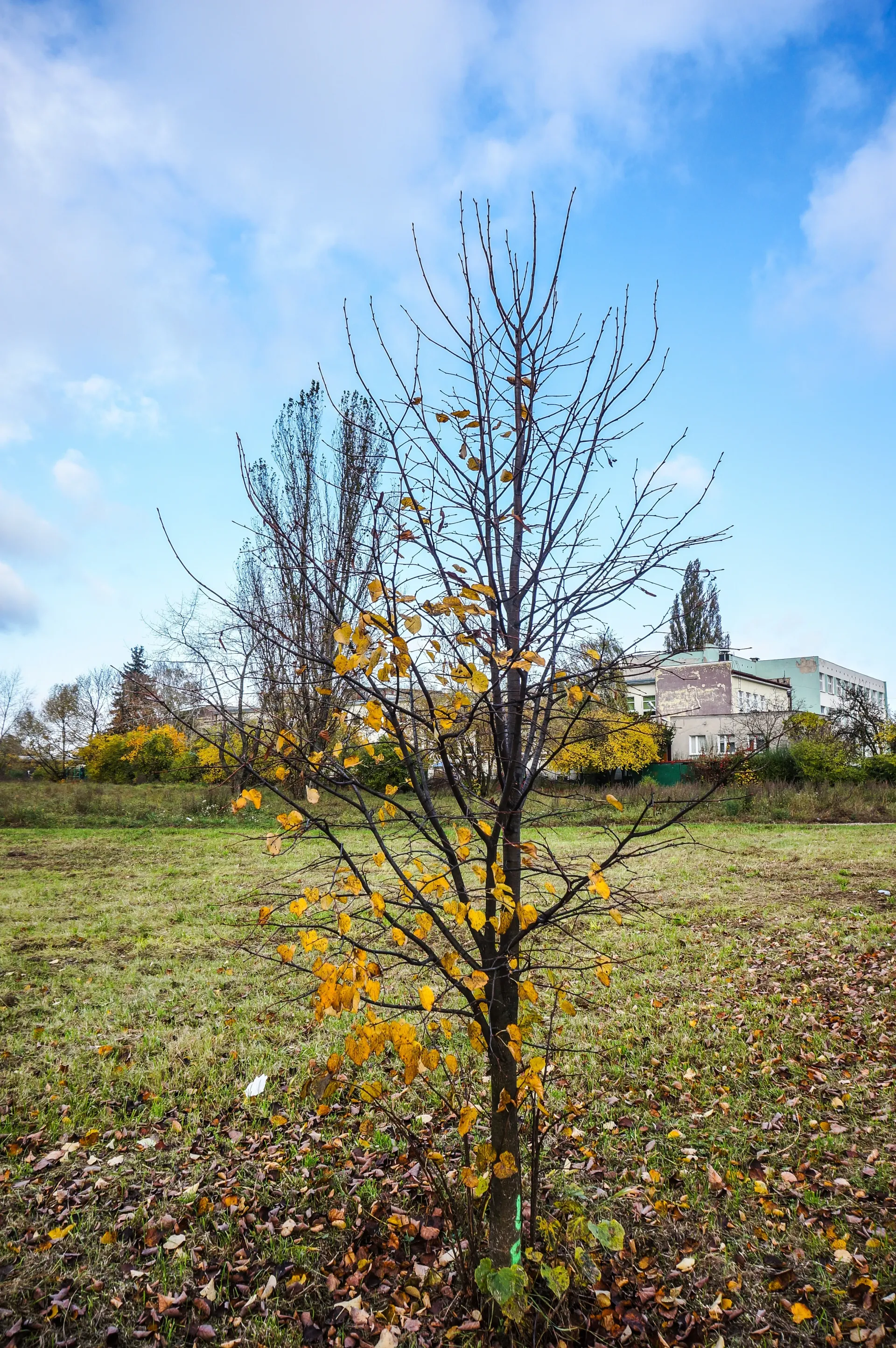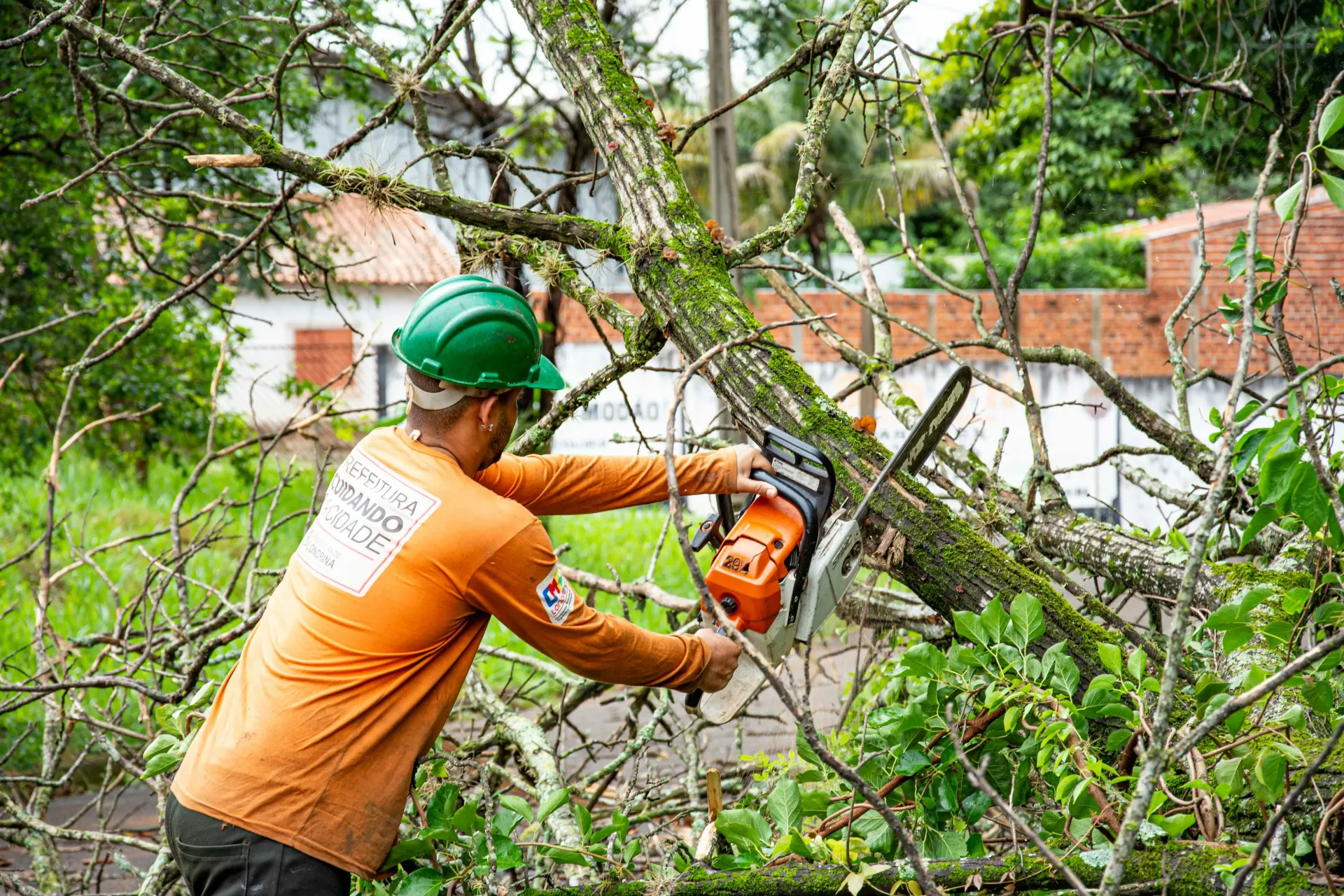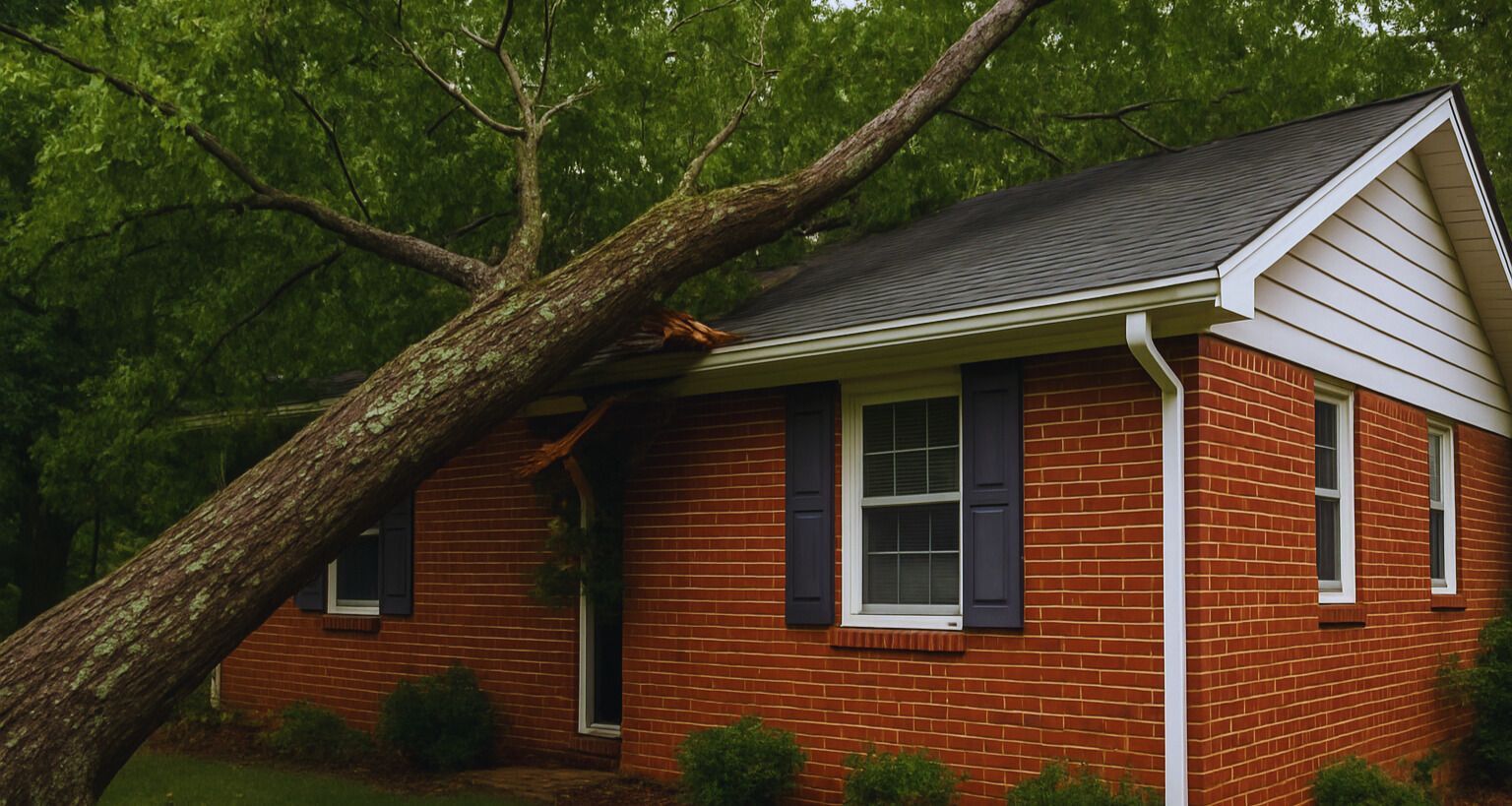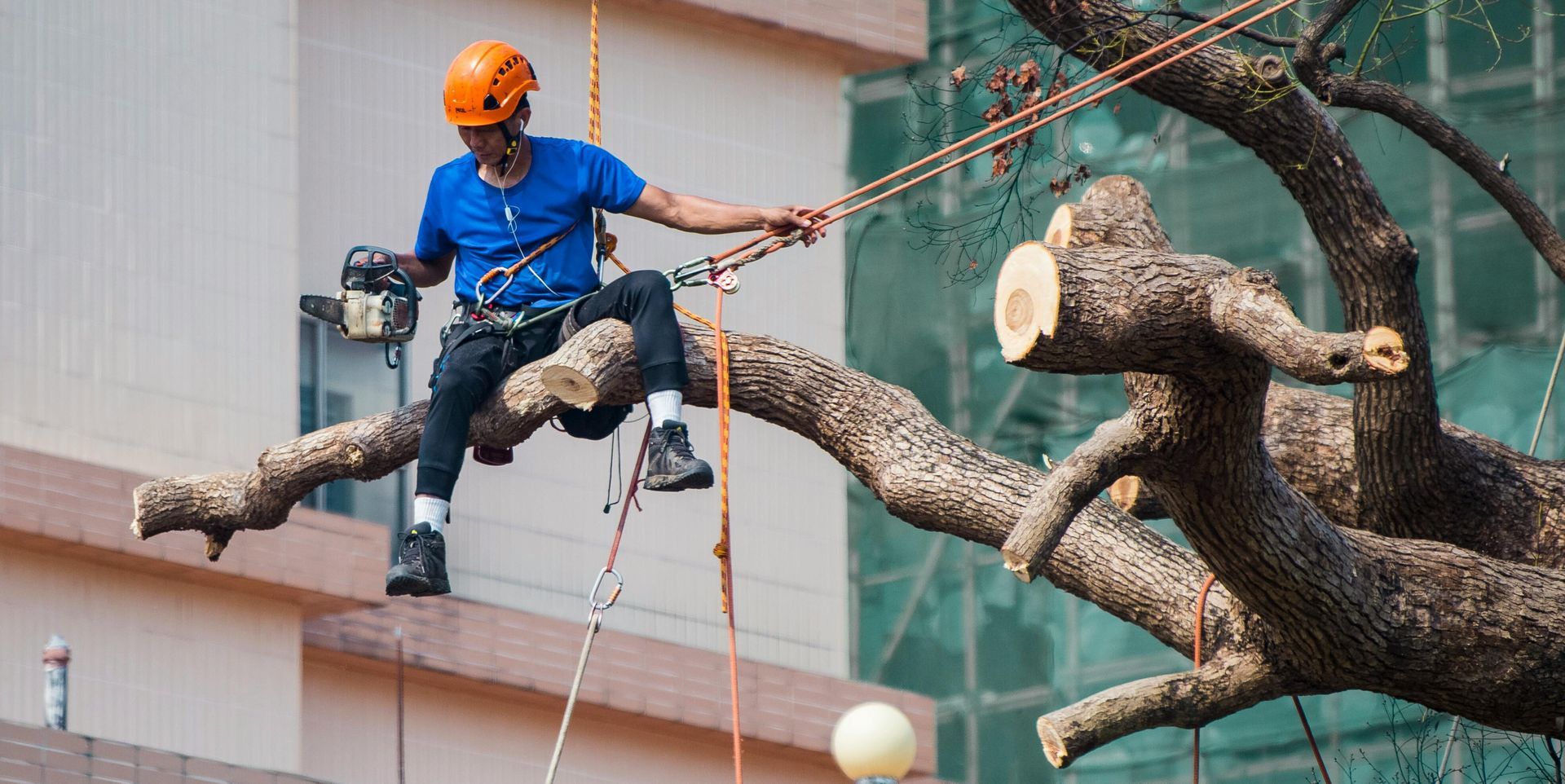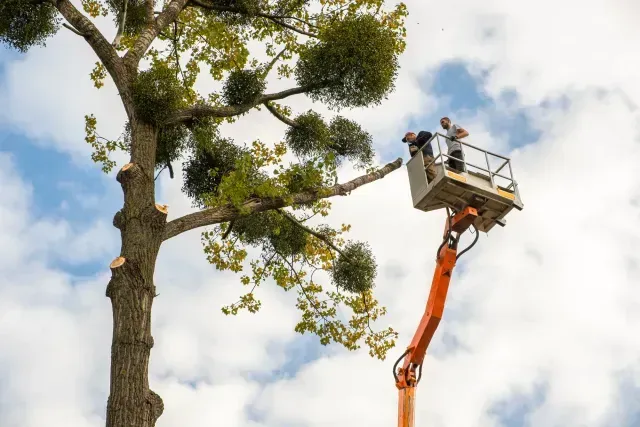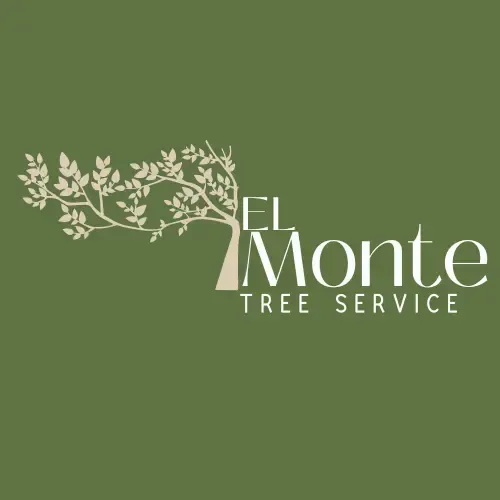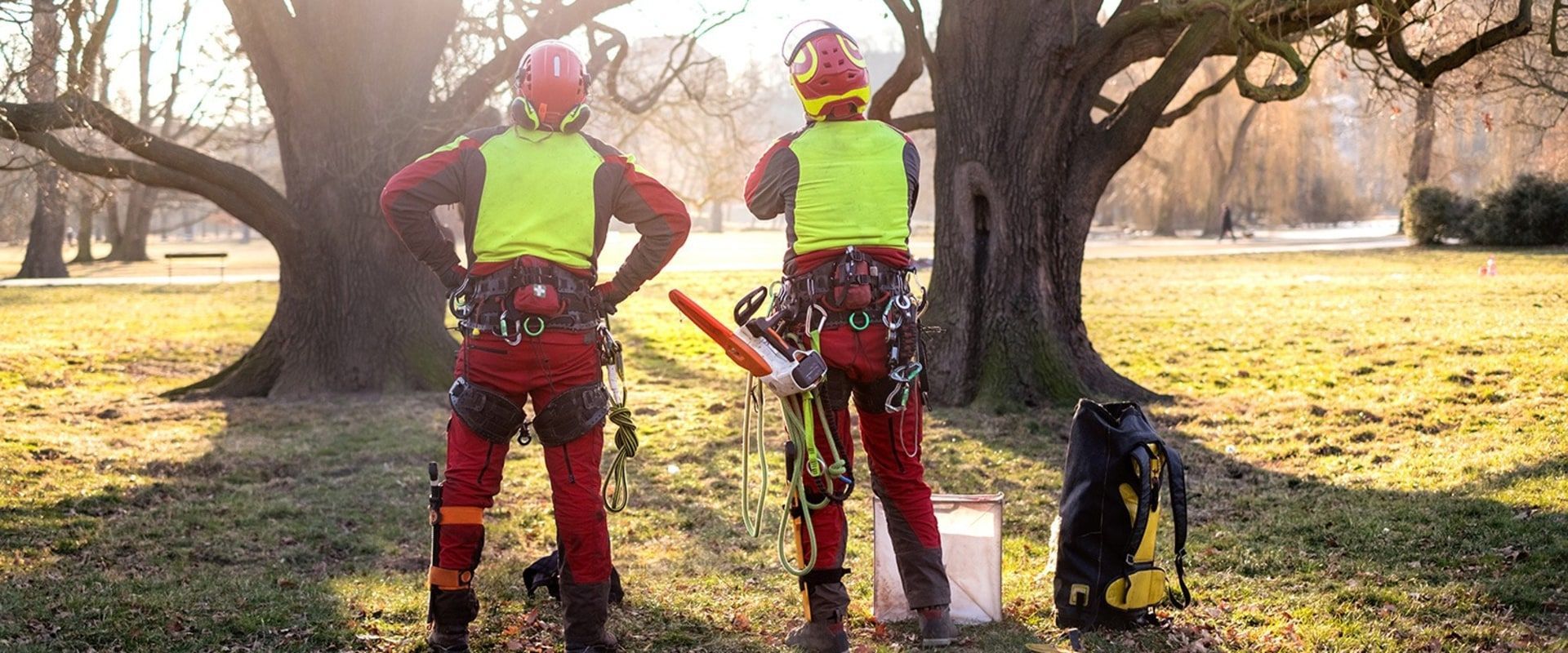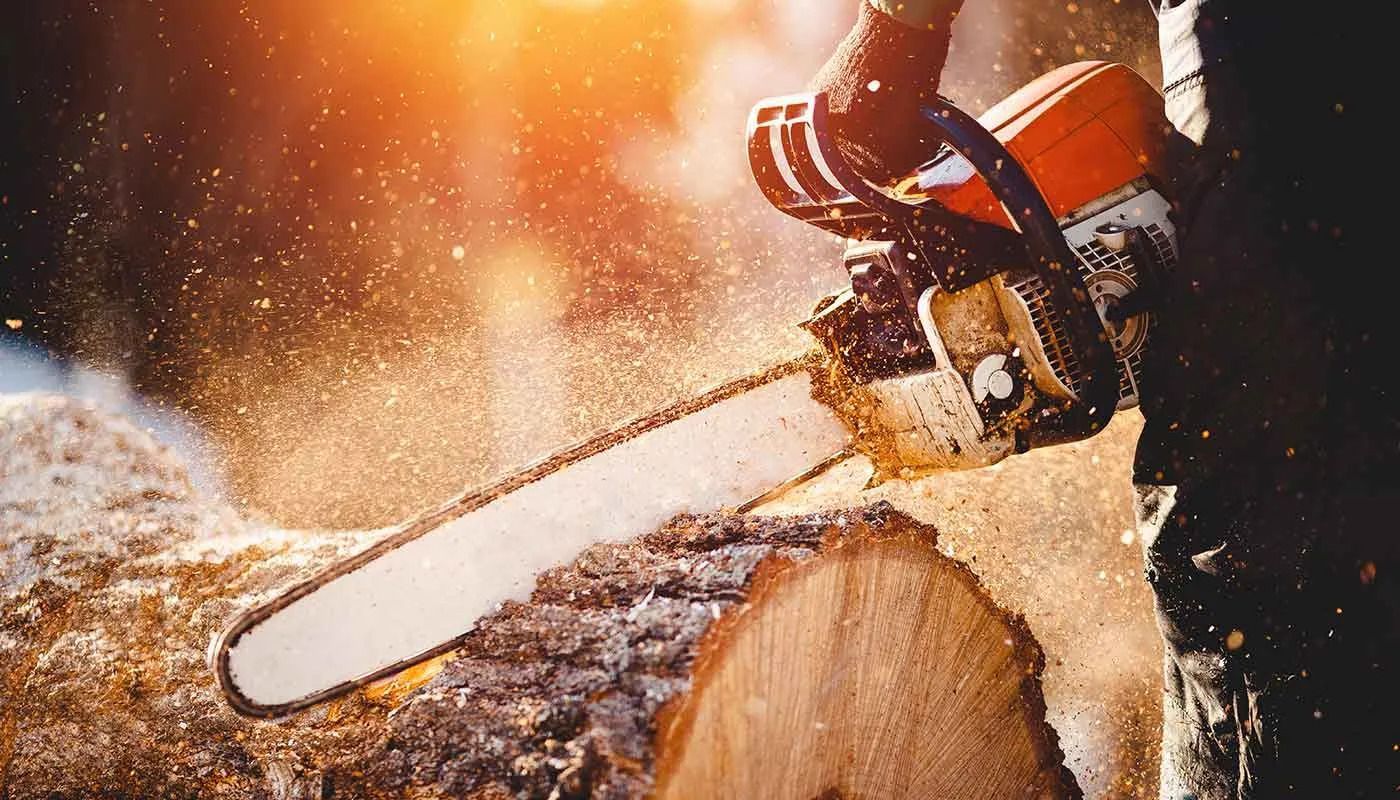The Critical Importance of Hiring Tree Removal Experts
Trees offer shelter, beauty, and environmental benefits. Yet, there are times when they can turn into hazards—posing risks to property, people, and even public utilities. That’s where the critical importance of hiring tree removal experts comes into play. Not only do these professionals possess the knowledge and tools necessary for safe tree removal, but they also help you avoid costly mistakes and potential legal trouble.
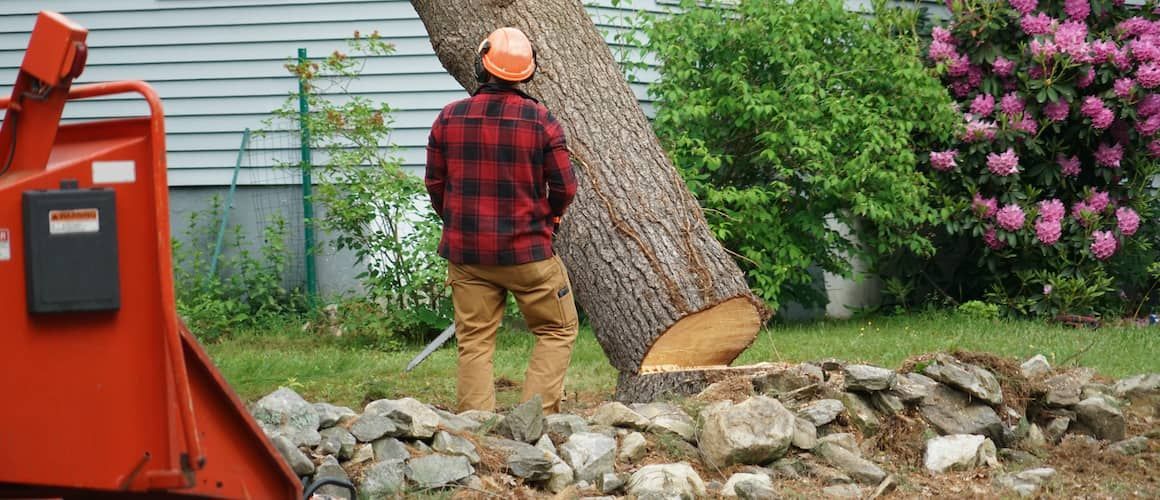
Understanding Tree Removal
Tree removal is the strategic process of cutting down trees that pose threats due to disease, instability, or location. While it may sound straightforward, it's a process riddled with complications. Trees can lean toward homes, be entangled with power lines, or have roots spreading near underground utilities. Without professional insight, such removals can be more destructive than helpful.
Professionals assess the condition of the tree, the risk factors involved, and recommend whether full removal or strategic pruning would be best.
Why DIY Tree Removal is Risky
Many homeowners are tempted to handle tree removal themselves. Chainsaw in hand, they assume it’s a one-day job. Yet, this often leads to injuries, property damage, or worse—fatalities. Without training, individuals underestimate tree weight distribution, internal rot, or how wind affects the process.
One bad cut can send a tree crashing into a roof—or a neighbor’s. Moreover, improper handling of equipment increases the chance of injuries. Legal issues also arise when removing trees without permits or encroaching on property lines.
Tree Removal Experts: Who They Are
Tree removal experts are not just people with saws. They are certified arborists trained to assess tree health, understand local laws, and apply the safest removal strategies. Reputable professionals typically carry insurance, possess licenses, and are members of professional bodies such as the International Society of Arboriculture (ISA).
They evaluate the biological and environmental factors involved, often providing consultation and a full risk assessment before touching a single branch.
Learn more about professional Tree Service.
The Legal Landscape of Tree Removal
Tree removal is regulated in many regions. Whether through city ordinances, neighborhood covenants, or conservation laws, you can’t just cut down a tree. You may need permits or need to adhere to strict timelines, especially for protected species.
Tree removal experts understand these regulations and handle permits on your behalf—saving you time, money, and potential fines.
Safety First: Preventing Injuries and Accidents
One of the most critical benefits of hiring tree removal experts is their commitment to safety. From wearing OSHA-compliant gear to using cranes and rigging systems for tall or unstable trees, professionals reduce injury risks significantly.
Their first priority is the safety of your family, property, and community.
Tools and Technology Used by Tree Removal Experts
Professionals use specialized equipment like:
- Hydraulic cranes
- Rigging ropes and pulleys
- Stump grinders
- Chainsaws with safety features
- Ground protection mats
These tools allow them to perform precision work, even in challenging locations like narrow alleyways or near power lines.
Environmental Considerations in Tree Removal
A professional does more than just chop and haul. They often mulch leftover debris, recycle wood, and ensure minimal disturbance to surrounding flora. Many companies also offer replanting services or advice on sustainable alternatives to complete removal.
The Cost of Professional Tree Removal
While cost varies based on tree size, location, and risk, hiring professionals often proves more economical in the long run. DIYers often spend money on tools, rental equipment, and emergency repairs after something goes wrong.
Experts provide upfront quotes and prevent hidden costs by executing the task right the first time.
Emergency Tree Removal Situations
Storms, high winds, and disease can quickly turn a healthy-looking tree into a hazard. Tree removal experts are trained to respond to these emergencies—often offering 24/7 services to stabilize dangerous situations fast.
Their quick intervention can be the difference between safety and disaster.
Tree Removal and Property Value
Did you know that strategic tree removal can boost your home’s value? Removing dead, decaying, or overgrown trees enhances curb appeal, opens space for new landscaping, and prevents root damage to foundations or plumbing.
Post-Removal Tree Care and Landscaping
Professionals don’t just cut—they plan. Once a tree is gone, they can help with:
- Stump grinding
- Soil enhancement
- Planting new trees or shrubs
- Pest prevention
Their guidance ensures your landscape heals beautifully and healthily.
Choosing the Right Tree Removal Experts
Choosing the right expert involves more than a quick Google search. Look for:
- ISA Certification
- Insurance coverage
- Online reviews
- Transparent pricing
Ask for past client testimonials and avoid companies that demand full payment upfront or offer suspiciously low estimates.
How Tree Service Companies Ensure Compliance
They stay up to date with laws, invest in regular training, and maintain up-to-date insurance. This not only protects their workers but also shields you from liability.
Comparing DIY vs Professional Tree Services
Feature DIY Professional Service
Cost Initially low, but often hidden Transparent and inclusive
Safety High-risk Highly trained and insured
Legal Compliance Often overlooked Handled fully by experts
Long-Term Impact May require future repairs Done right the first time
Tree Removal Insurance and Liability
One of the most underestimated risks in DIY tree removal is liability. Suppose a tree falls on a neighbor’s property, or a contractor gets injured during a job. In that case, you could be legally responsible if the proper insurance isn’t in place. This is why licensed professionals come insured and bonded.
Tree removal experts carry general liability and workers' compensation insurance, protecting both your home and themselves. Always ask for proof of insurance before any work begins—it’s not just a formality, it’s your financial safety net.
Sustainable Tree Management Practices
Professionals don’t just remove trees—they manage ecosystems. Tree removal should be part of a broader sustainability plan. Experts can help you:
- Decide when pruning is better than removal.
- Strategically plant native species that support biodiversity.
- Develop maintenance plans to prevent future hazards.
This approach not only protects your landscape but also plays a role in local climate balance and wildlife preservation.
Myths About Tree Removal Experts
It’s time to debunk some common myths:
- Myth: “They just want to remove every tree.”
Truth: Certified arborists prioritize preservation first. - Myth: “DIY is cheaper.”
Truth: Short-term savings often lead to long-term costs. - Myth: “All tree companies are the same.”
Truth: Only trained, insured, and certified companies should be trusted.
How Often Should You Assess Trees?
Tree health is not a set-it-and-forget-it matter. Experts recommend seasonal inspections:
- Spring: Check for winter damage and signs of disease.
- Summer: Inspect for pests and structural weakness.
- Fall: Prune and prep for storms.
- Winter: Monitor trees under snow or ice load.
Routine evaluations can detect minor issues before they grow into expensive or dangerous problems.
Urban Tree Removal Challenges
City tree removals are a league of their own. Urban environments often involve:
- Tight clearances between buildings.
- Overhead hazards, like power lines.
- Heavy foot traffic requiring barricades and spotters.
Professionals are trained in urban logistics, using compact cranes, rope systems, and detailed traffic coordination to ensure safe removals even in the most congested areas.
The Role of Tree Service in Disaster Prevention
Strong winds, hurricanes, or heavy snow can turn a neglected tree into a wrecking ball. Proactive assessments and pruning by professionals significantly reduce risks during natural disasters.
Experts can even advise on wind-resistant planting strategies, helping your property become more disaster-resilient in the long run.
Case Studies of Tree Removal Gone Wrong
Here are a few cautionary tales:
- A DIYer in Texas attempted to remove a large oak using a ladder and handsaw. The tree collapsed in the wrong direction, damaging two cars and a fence.
- In Florida, an unlicensed contractor removed a tree near power lines. Not only did it cause a blackout, but the homeowner faced legal action for hiring unlicensed labor.
These examples highlight why it’s essential to hire trained professionals.
Benefits of Regular Tree Maintenance
Keeping your trees well-maintained can:
- Extend their lifespan.
- Prevent disease.
- Enhance property value.
Professionals offer services like crown thinning, pest treatment, and soil aeration—all of which contribute to stronger, healthier trees.
Tree Trimming vs Tree Removal
Trimming is often the better choice when:
- The tree is healthy but overgrown.
- There's minor storm damage.
- Branches are brushing against buildings.
Tree removal becomes necessary when:
- There's root or trunk rot.
- The tree is leaning dangerously.
- It's blocking construction or renovation projects.
A tree removal expert will guide you to the right decision.
Hidden Benefits of Hiring Professionals
Beyond safety and legality, hiring professionals brings:
- Time savings: Experts can finish in hours what might take DIYers days.
- Expert advice: You'll learn about soil health, future planting, and more.
- Peace of mind: Your property is protected, and your liability is minimized.
Local Regulations and Ordinances
Your city may require:
- Arborist reports
- Site inspections
- Tree replacement plans
Licensed tree services handle this paperwork and ensure full compliance with local laws. You won’t need to worry about red tape or surprise inspections.
Signs a Tree Needs Removal
Look for these red flags:
- Dead or hollow trunk
- Severe leaning
- Cracks or splits in bark
- Persistent fungus or mushroom growth
- Sudden leaf loss
Early identification can prevent emergency situations and save thousands in repairs.
Risks to Underground Infrastructure
Tree roots are deceptively strong. Over time, they can:
- Crack foundations
- Infiltrate water and sewer lines
- Uproot sidewalks
Professionals map underground utilities before beginning work, ensuring damage prevention strategies are in place.
Community and Ecological Impact
Removing a tree affects more than just your yard. It impacts:
- Birds and wildlife: Many depend on trees for shelter.
- Soil quality: Sudden removal without stabilization can cause erosion.
- Community aesthetics: Removing a landmark tree can draw neighborhood concern.
Experts help balance environmental stewardship with safety and practicality.
How to Prepare Your Yard for Tree Removal
Here’s how to get ready:
- Remove outdoor furniture or decor near the tree.
- Clear driveway access for trucks and equipment.
- Inform your neighbors if noise or access might affect them.
Preparation speeds up the process and keeps everyone safe.
Long-Term Tree Management Plan
Once removal is complete, professionals often recommend:
- Regular inspections of remaining trees
- Soil tests to improve plant health
- Tree replanting services with species selection guidance
Partnering with a reputable Tree Service ensures your landscape continues to thrive for decades.
Contacting Tree Removal Experts
Ready to act? Make sure you:
- Schedule a consultation
- Ask about licensing and insurance
- Get a written quote
- Understand the scope of services
Start with a trusted provider by visiting the Contact page.
FAQs
How do I know if a tree is dangerous?
Signs include leaning, dead limbs, visible rot, or cracking bark. A professional assessment is always best.
Is tree removal covered by homeowners insurance?
Sometimes. If the tree was healthy and fell due to a storm, yes. If it was diseased or neglected, probably not.
Do I need a permit to remove a tree?
In most cities, yes—especially for large or protected trees. Your tree expert will handle this for you.
What’s the difference between an arborist and a tree remover?
An arborist is certified in tree biology and health, while a tree remover focuses on safe cutting and disposal. Many professionals are both.
How long does tree removal take?
Anywhere from a couple of hours to a full day depending on size, location, and complexity.
Can trees grow back after removal?
Some can regenerate from the stump. That’s why stump grinding or full removal is usually recommended.
Conclusion
The decision to remove a tree isn’t just about getting rid of something in your way. It’s about protecting your home, preserving your environment, and following the law. While DIY may seem tempting, the risks—financial, physical, and legal—are far too great.
Hiring tree removal experts ensures peace of mind, protects your property, and guarantees the job gets done right. If you value your safety and landscape, hiring a professional isn’t just smart—it’s essential.
Link
